Lynk & Co is one of the brands of the Chinese manufacturer Geely. If that doesn't ring a bell, know that this giant also owns Polestar, 50% of Smart, Volvo, Zeekr, Lotus and even the London Electric Vehicle Company (which manufactures the British taxi in electric version). Obviously, all this benefits from the sharing of platforms and technology, which allows the release of a Lynk & Co 08 at 53,995 euros in the Core version and 57,995 euros in the More version respectively. A significant sum to which we will have to add a weight penalty for us French.
Test conditions
It was in Sweden, the land of flat-pack furniture and hard-to-eat rolls, that we (journalists, videographers, influencers) were able to try out the new Lynk & Co 08, a massive plug-in hybrid SUV capable of traveling 200 km in all-electric mode that has absolutely nothing to do with Princess Zelda.
And while Sweden turned out to be magnificent, aided by radiant sunshine that revealed the enormous houses and perfectly maintained gardens, it wasn't the ideal region to test the efficiency of the machine, the speed being limited to 110 km/h on the highway. Fortunately, the closed roads helped us to obtain a range similar to that which you will have on our French roads.
Since time is short, I did not have the opportunity to test the charging speed. No matter, it is not really important in the case of a PHEV.
Main characteristics: two finishes, one engine, zero options
- The Lynk & Co 08 is only available with a single plug-in hybrid engine. Two permanent magnet asynchronous electric motors at the front, another 1.5 L 3-cylinder thermal engine, still at the front, for a total of 380 hp and 615 Nm of torque. No 4-wheel drive version here.
- The 39.2 kWh NMC battery can be charged at 85 kW in direct current (i.e. 30 min for a charge of 10 to 80%) and at 11 kW in alternating current (i.e. 4.5 hours for a charge of 0 to 100%).
- Inside, we find either 8HP (Core version) or 23 HP (Harman Kardon system of the More version).
- The seats are in imitation leather and micro fiber. On the More version, you gain ventilation and massage in the front (in addition to heating, also available in the rear).
- The rims are 19 inches or 21 inches depending on the finish.
- The rear windows are tinted in the More version.
- The driver and passenger electric seats are standard.
- The 360° camera is standard, but the More version has a selfie camera.
- The air conditioning is 2 zones on the Core version and 3 zones on the More version.
- The machine measures 4.82 m long, 2.14 m wide and 1.69 m high. It's a tank!
- All this for a weight of 2138 kg (a tank, we said!)
Exterior design: all the tricks of trompe-l'oeil combined on one vehicle
The designers at Lynk & Co have really delivered on their mission: to hide this technological obesity that I can't stand. And to do this, they've used and abused every design trick possible, because as a reminder, this 40 kWh battery and everything that goes with it (BMS, cooling, AC/DC charger) take up space.
We start with the profile. The rocker panel combined with the cutout of the rear window helps reduce the visible bodywork space. The rocker panel extends to the front overhang. The wheel arches, also cut out, refine the ends. The black line that descends from the rearview mirror breaks up the bodywork block composed of the front wing and the door. The fire line that scrapes a little space also has its effect. Finally, the roof extends to the rear, with a Citroën, DS3-style cutout above the rear light line.
The rear is a bit of a spruce-up. Aside from the rear diffuser, which doesn't diffuse any more air than a broken fan, you have the now-classic line of LEDs, the bezel that ends in a point, and the black insert in the rear bumper. Finally, the small reflectors allow the insert to finish under the headlight line. The front end must meet safety standards, and this translates into a massive front bumper. The air vent and the hood bulge are aided by the two-tiered lights and the line of LEDs that connect the headlights.
Furthermore, black suits this design well, while rose gold is special. While it doesn't reinvent the genre, the Lynk & Co 08 delivers the intended message: something luxurious, sturdy, "elegant" (if an SUV can be elegant), massive, and slender thanks to a stretched, modern line. In my eyes, it's a pretty successful SUV, but an SUV that's all SUVs.
Style-wise, it borrows from the Range Rover, the Porsche Cayenne, the BMW iX, and Volvo (obviously). Everything is mixed with a shaker, not a spoon, for a convincing result.
Interior design: it's zen, but not enough for the asking price
The interior has been given a very special look. The leatherette upholstery of our More trim is pleasing to the eye but also very comfortable. With soft seats but with dense foam. The seats are very well designed and offer appreciable support. Add ventilation, heating, and massages, and you'll think you're in business class until you get your hands on the cheap plastic door sills. But it's still acceptable.
The 23 speakers are definitely on display, especially those on the door panels, which integrate into the colored LED lighting. A very successful design, but marred by that big, ugly gray plastic door knob. Because there's no handle here, just a button, Tesla-style. The point? None.
The sound quality was praised to us at the press conference. It's indeed good. Especially when playing a lossless track. But my Model Y Performance does better in terms of clarity and spectrum separation. And while we're at it, audio signatures rarely live up to expectations. Here, Harman Kardon does well, but given the equipment used, I expected better.
The enormous panoramic sunroof with its opening and closing function is a delight. But you'll have to go into the menus to open it, or assign the function to the favorites button. The rearview mirrors are borderless. A first. It's the complete block that evolves 360°. Pretty, very pretty, but I wonder how it will age. The key is successful. A detail, but it's worth noting. You'll notice graphic parts that light up according to your wishes at night. A small but appreciable detail.
The window buttons, the center console, and the induction chargers benefit from special care. The only downside is the absence of a small screen in the back to adjust the air conditioning, seat tilt, etc. There's a Zen side that emanates from this car, and that's what we expect from this type of vehicle today.
A rather disappointing space on board
With such a large vehicle, we could have hoped for better. But the 200 km announced (and actually achieved) in electric mode don't happen by magic. The battery has to be housed somewhere. The two electric motors and the combustion engine also need to be accommodated.
Therefore, the trunk is rather sparse. Enough to carry 4 people but with luggage restrictions. There is obviously no frunk.
And if I say 4 people, it's because the center rear seat isn't very pleasant. The backrest is firm, and despite the flat bottom and the width of the machine, three adults will struggle to make a long journey. Too bad.
A multimedia interface that still needs improvement
The Lynk & Co 08 relies on two screens and almost no buttons. The first is a huge 15.4-inch central tablet. No OLED here, but graphics that are in line with the latest trends.
The multimedia system is designed with a sleek, understated look. It borrows icons from iOS and Android. On the plus side, Android Auto and CarPlay are available, and wirelessly. A first, considering that this wasn't the case before.
The home screen is reminiscent of Tesla, both in its clean, white appearance and in the positioning of the elements. While the UI is successful, the UX is less so.
It's not difficult to find what you're looking for, and the fluidity is there. The 360° camera allows for 3D modeling of the car. Nothing exceptional, but it's always nice.
It's just a shame that this rather empty interface can't be further customized with several shortcuts. The steering wheel shortcut button, for example, is limited in the functions that can be assigned. Also, having to swipe in all directions to make different things appear isn't very practical when driving.
In the realm of untested gadgets, we find the NFC key. Like Tesla, it's possible to use your smartphone's UWB to unlock and start your car.
Driving: it's slow, it's heavy, but it's comfortable
The driving relies on independent but not controlled suspension. The SUV rolls when cornering. The comfort is there, except when encountering speed bumps and other speed bumps, which remind us that we're wearing low-profile 21-inch tires, an aberration that manufacturers are struggling to overcome. So we shouldn't rush this big SUV.
Moreover, despite the big figures, the performance is disappointing: 8.2 seconds for 0 to 100 km/h and 166 km/h of verified maximum speed (on private road), it's not inspiring and it's far from the 6.2 seconds and 185 km/h announced. When cornering, the front end manages to stay on course, despite being loaded with a gas plant as a powerplant.
Among the annoying points, it is impossible to have your average fuel consumption displayed continuously on the screen. And, while we're at it, there is a reflection of the Lynk & Co name in the windshield. Placing it basically on top of the dashboard wasn't the best idea. Traction isn't lacking. Braking is good, but I have some reservations about its endurance when descending mountain passes.
In the realm of regrets, the absence of regenerative braking (brake mode). You use the brakes more than necessary, although the start of the pedal travel only activates the magnetic brake. On the other hand, the position of the central tablet doesn't encroach on the field of vision. The driving aids are moderately intrusive, but there's no shortcut to turn them off; you have to go into the menus.
The 5 mm thick laminated glass was praised to us and it does its job particularly well, reducing ambient noise to road noise, with 62 dB measured on the Apple Watch, one of the best results achieved. But that's not all! The combustion engine (a small 3-cylinder 1.5 L of 136 hp) proved to be extremely quiet, to the point that we (3 people who are not deaf in the car) did not know when it was activated. The gear changes are of a rare smoothness and they too are not noticeable. A calm and comfort combo that follows the idea of a machine cut out to do a few kilometers. As a reminder, this combustion engine does not serve as a generator, it combines with the electric motors to move the car forward. Like the majority of PHEVs.
Autonomy: the price of indecision
With my partner, we covered 236.2 km and the battery still showed 6 km of autonomy. All with 2.5 L / 100 km for 14.2 kWh/100 km and quite a bit of acceleration and a rather hilly route.
Other journalists have turned at 5L/100 km in full hybrid.
In any case, 200 km in electric seems possible.
If I take our results, we have the consumption of an SUV of this size in electric, namely 14.2 kWh/100 km (in the same conditions, my Model Y Performance makes 15-16 kWh /100 km), with in addition, a thermal consumption of 2.5L/100 km. The "cost" of this hybridization compared to an electric equivalent is therefore the fuel consumption, or €4.50 / 100 km.
It's not a huge advantage in terms of comfort, being able to avoid charging stations on long journeys.
Verdict: very good, but not cheap
You have to know how to separate emotion from pragmatism in our profession. I really liked this car. It proved to be comfortable, quiet, and designed for smooth driving. Perhaps my geeky boomer dad side. Then, on the PHEV side, we probably have the most advanced solution.
But objectively, it's less idyllic, especially here in France. In addition to the Product Manager's lack of response regarding the cost of replacing the battery if necessary, the overall cost of maintenance, consumption, and the purchase of the vehicle is not cheap. Especially since the €55,000 requested is added to a weight penalty that only our elected officials know the secret to.
The fact remains that we have here the hybrid solution that many have been waiting for and that the Chinese are crazy about: a machine capable of driving like an electric car, everything being able, if necessary, to free itself with a string.
Finally, the Lynk & Co.'s car-sharing system (which is the basis of the manufacturer's business model) is still in the game. If the fact that strangers can use your vehicle (with hardware coverage from the manufacturer) is not a problem, then you have a way to lower the monthly payments, and that's an advantage.

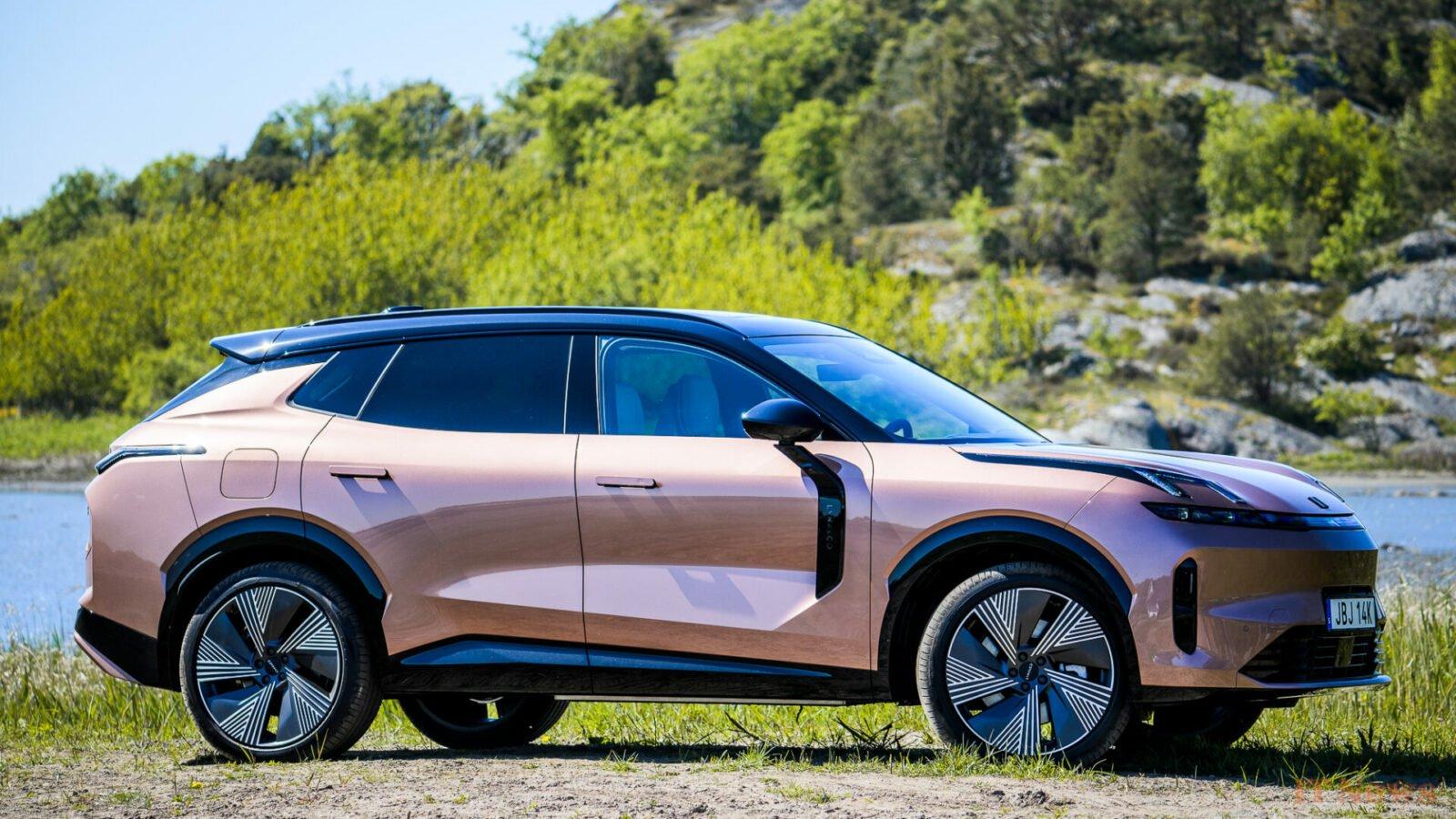
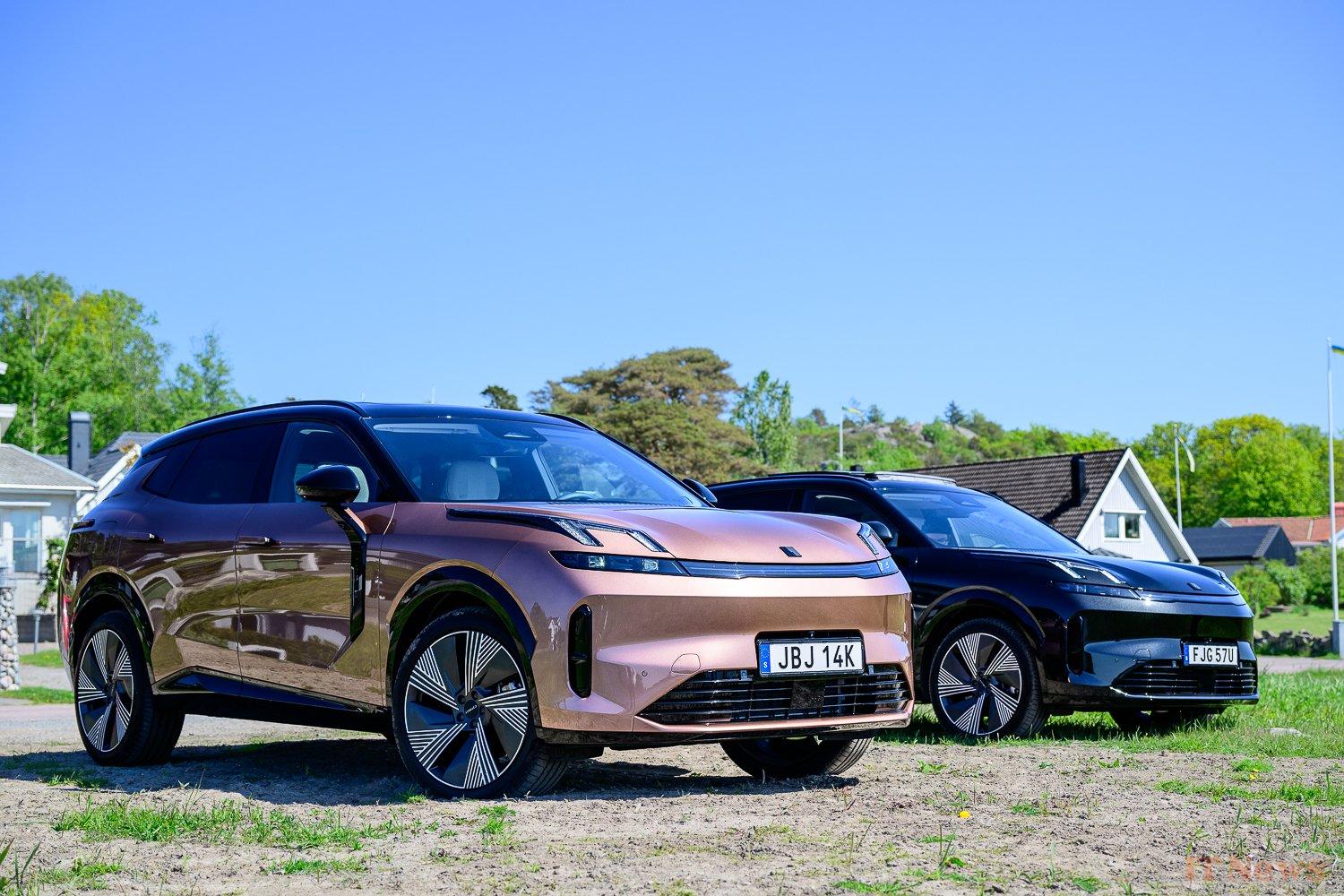

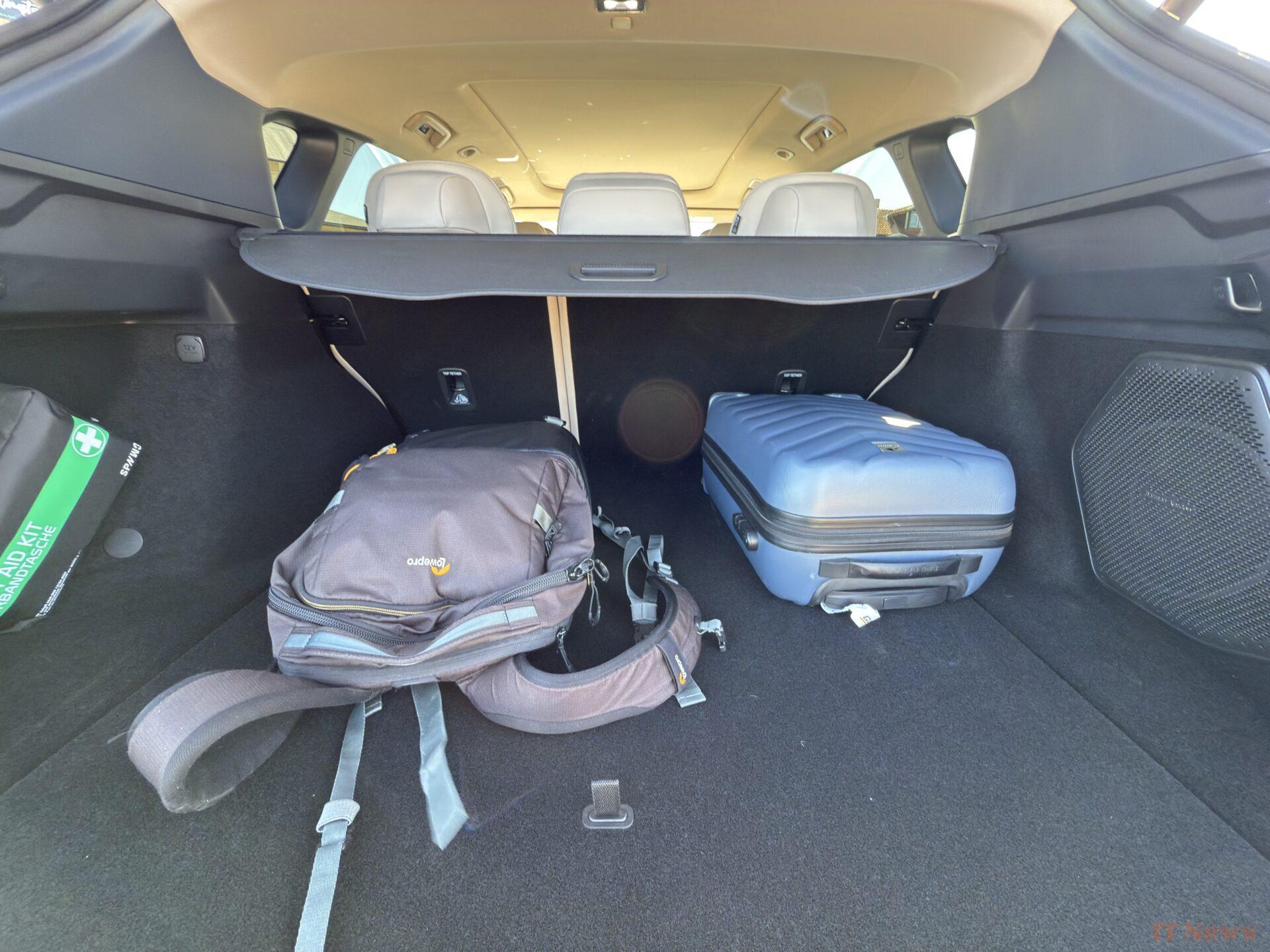
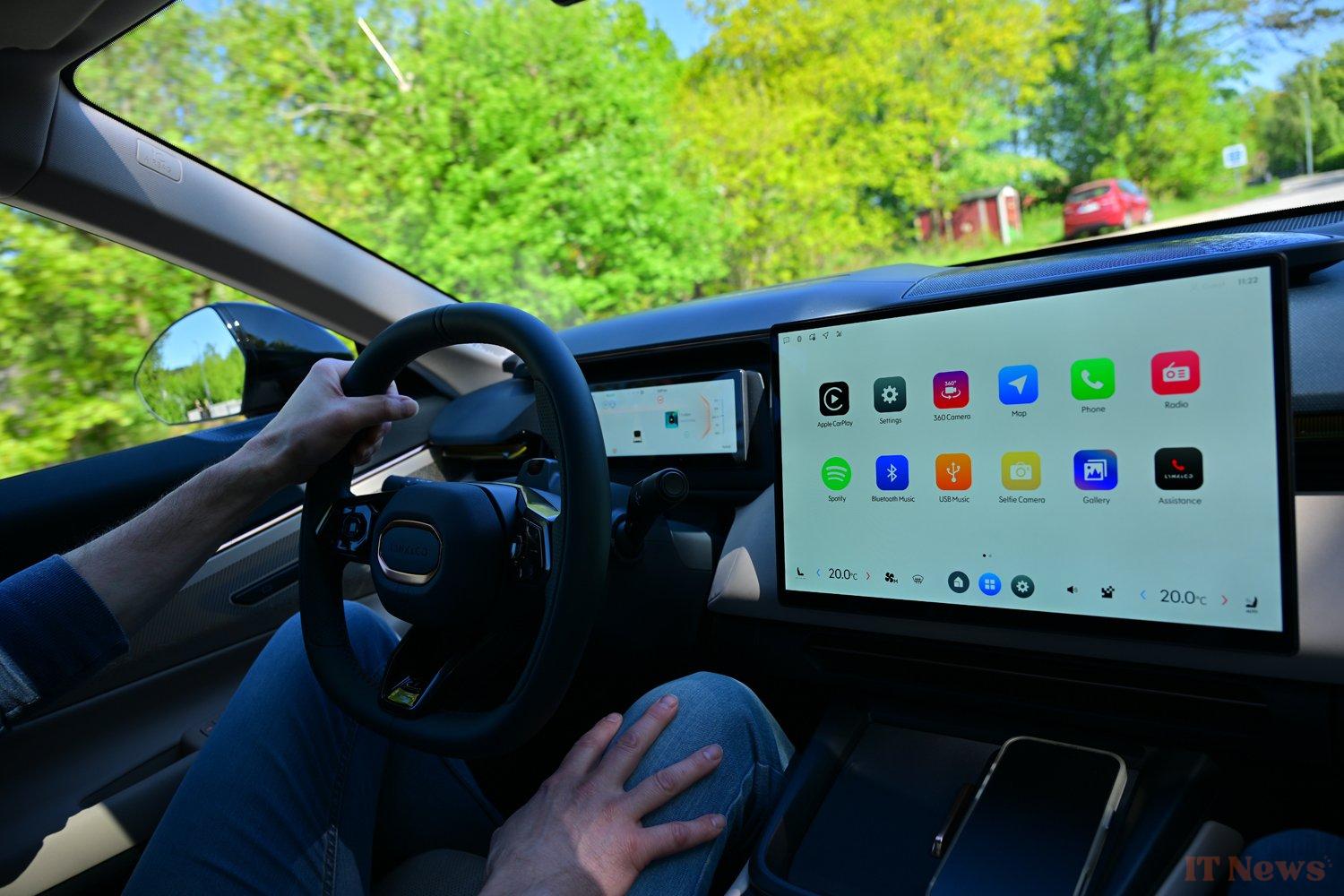
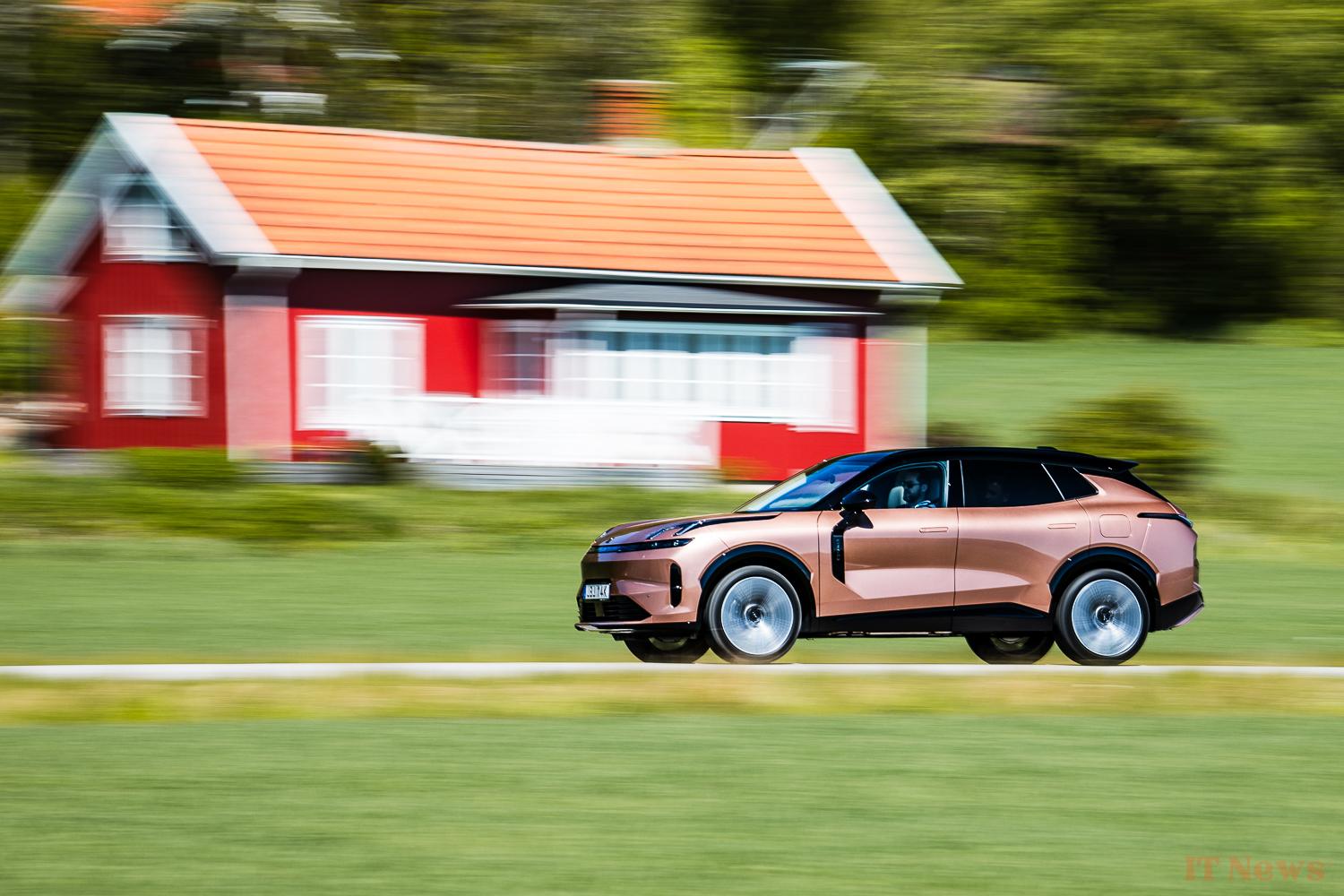


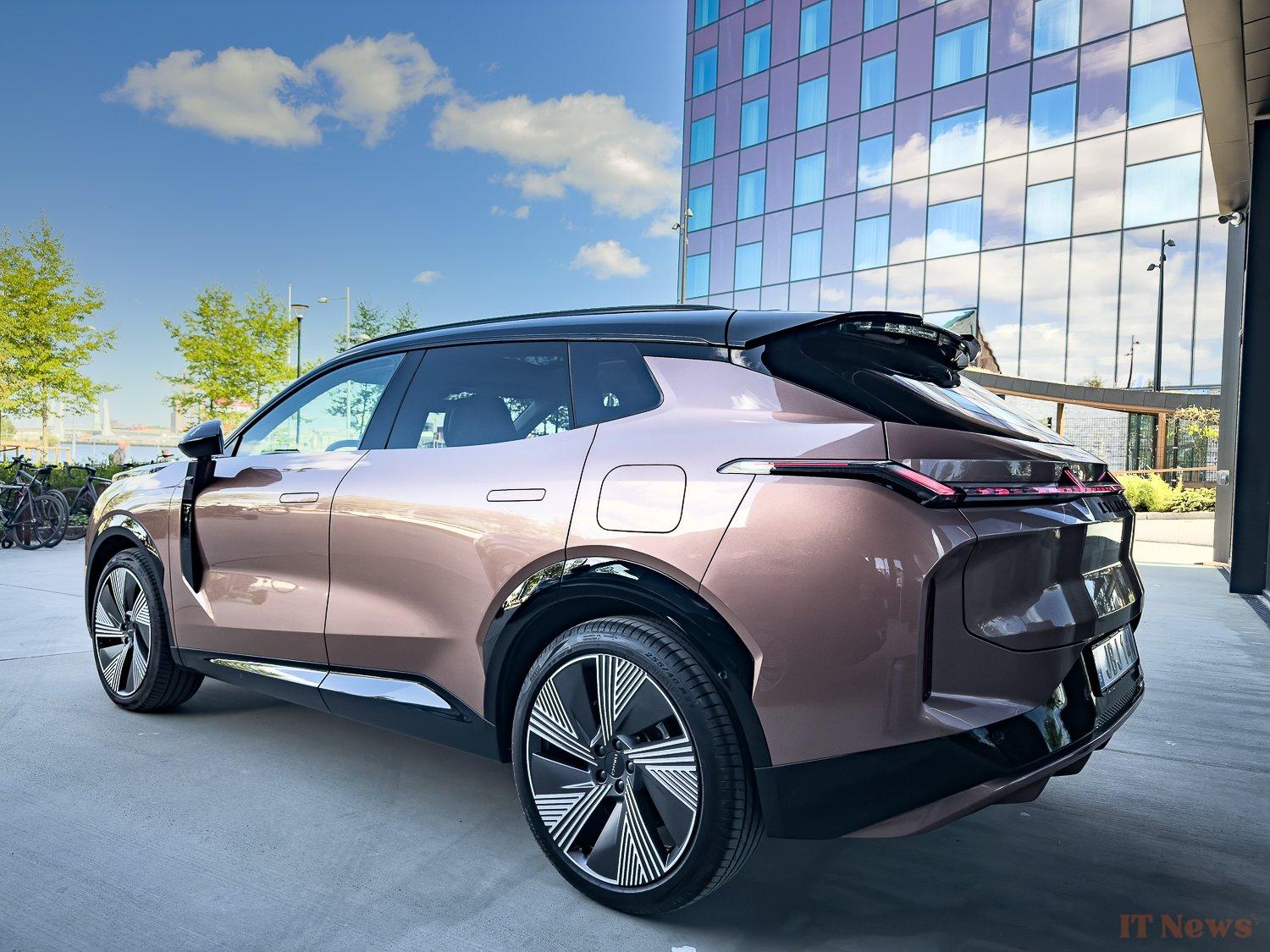

0 Comments